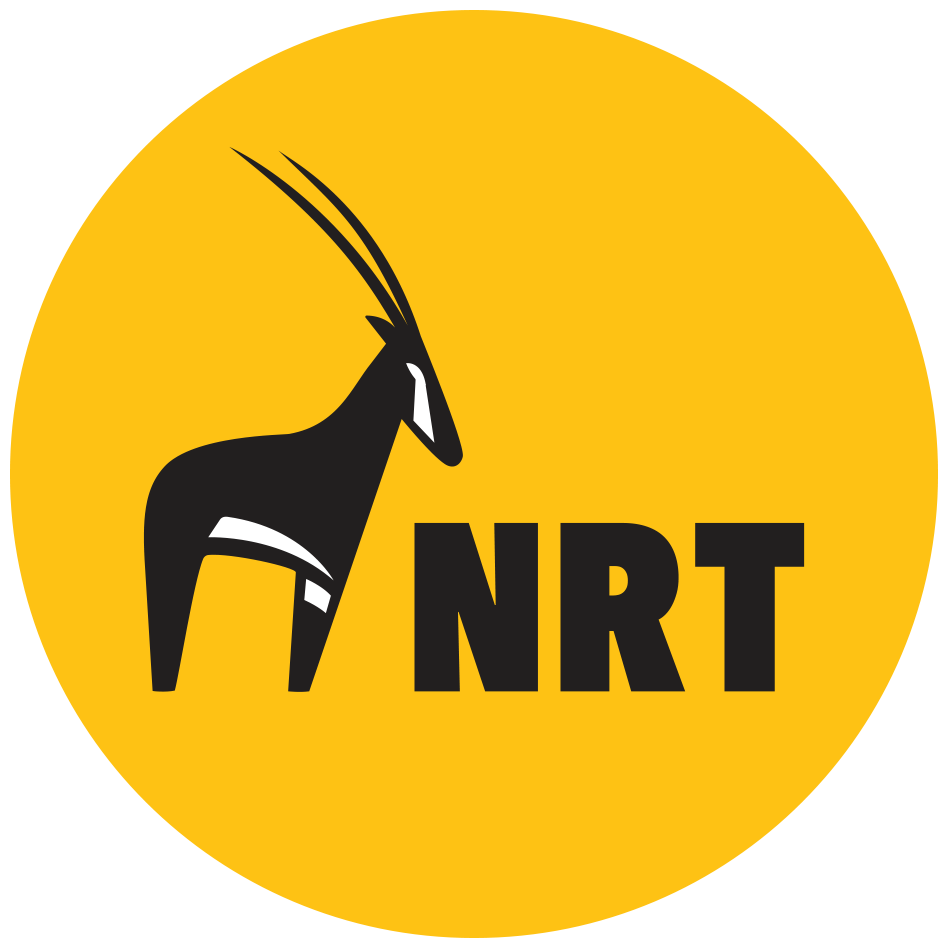NRT established a gender structure in each of its five regions: Coast, Mountain, Centre, West, and East, creating operational structures known as caucuses, to effectively promote women’s views and representations in programs.
Read MoreTransforming lives is at the heart of NRT’s community conservancy model, which seeks to positively impact community livelihoods through conservation.
Read MoreThe project spans 1.9 million hectares (4.7 million acres) and is an initiative that will improve grazing for pastoralists and generate additional revenue for 14 community conservancies, increasing the financial viability of conservation and making community conservancies more resilient.
Read MoreUjuzi Manyattani is a vocational training program in which polytechnics place trainers in villages to teach-marketable skills to community members, providing access to learning for people from disadvantaged socioeconomic backgrounds and those who have not been able to obtain a formal education.
Read MoreIn 2004, in line with his commitment to conservation, Ian Craig championed the formation of the Northern Rangelands Trust. Today, NRT serves 43 community conservancies, spread across 63,000 square kilometers, and supports indigenous Kenyan communities in conservation, security, wildlife monitoring and research, livestock management, and economic development.
Read MoreBy restoring the savannah grasslands in an arid region, the NKRCP is anticipated to remove 50 million tonnes of carbon dioxide over 30 years—the equivalent of the annual emissions from over 10,000,000 cars.
Read MoreThe Embassy of Sweden supports various programmes implemented through the Integrated Management of Natural Resources for Resilience in ASAL (IMARA) by a consortium of partners, among them NRT.
Read MoreA new report by the Wildlife, Research and Training Institute reveals that between February and October 2022, 205 elephants, 512 wildebeest, 381 common zebra, 51 buffalo, and 49 Grevy’s zebra died due to drought, with 14 different wildlife species affected, and the most impacted ecosystems including Amboseli, Tsavo, and Laikipia-Samburu.
Read MoreFunds generated from the NKRCP are channeled directly to the communities, who hold sole financial control and use them to finance conservancy operations and community-identified needs.
Read MoreWith a global estimate of 8,000 to 9,000 individuals, the beisa oryx (Oryx beisa ssp. beisa) is categorized as endangered by the IUCN Red list (2021). Nakuprat Gotu conservancy is home to one of Kenya’s largest herds of beisa oryx, accounting for at least 10% of the country’s population (following a July 2020 count in which an estimated 880 individuals were recorded).
Read MoreThe Project, which is supported by the International Union for Conservation of Nature (IUCN) Save Our Species and co-funded by the European Union, was launched in Nakuprat-Gotu Conservancy in May 2021, to mobilize the local community to monitor and protect the beisa oryx, which is listed by IUCN’s Red List of Threatened Species as ‘endangered
Read MoreLeadership and Management Programme (LAMP) training has reduced gender inequality and empowered local women to effectively lead and manage their conservancies, women groups, fisheries, and beach management units among others, as evidenced by their increased participation in community development and conservation programs including mangrove restoration, microfinance, and plastic and waste management.
Read MoreDuring the monitoring surveys, the fish, benthic, and invertebrates found along the reefs are also assessed, and data on them is collected.
Read MoreThe Conservancy’s existence has reduced human-wildlife conflict and led to the development of well-coordinated grazing and settlement patterns. It has also improved security in the region, making the environment conducive for business, therefore creating job opportunities for locals.
Read MoreOrganized by Tusk, the annual Wildlife Ranger Challenge seeks to highlight the challenges rangers face and generate support for the thousands of heroes and heroines who protect Africa’s iconic wildlife and ecosystems.
Read MoreThe US Congress visited NRT to review NRT’s work, learn from our best practices in conservation and community development, and better understand the challenges and opportunities facing pastoralist communities.
Read MoreIn line with NRT’s vision, this partnership seeks to address the key factors undermining the resilience of the communities in these geographical locations and aims to improve governance, peace and security, nature-based livelihoods, employment and business opportunities, and natural resources management.
Read MoreThe ceremony marked the end of a rigorous three-month Basic Ranger Training Course at the Academy, that aimed at improving the capacity of the rangers in various fields, including wildlife monitoring, anti-poaching law enforcement and general ranger discipline.
Read MoreThe JOCC acts as a regional hub for security and peace operations, and for correlation of information from NRT-member conservancies, the National Police Service, the Kenya Wildlife Service and other law enforcement actors to coordinate efforts using shared information and data.
Read Morethe Social Ministry Research Network (SOMIRENEC) in collaboration with Tangaza University College held a successful peace caravan whose theme was ‘Kudumisha Amani Wakati wa Uchaguzi ni Jukumu Letu’, (‘Maintaining Peace during the General Elections is our Responsibility’).
Read More